ASIO unearths foreign ‘nest of spies’: Mike Burgess
ASIO cracks a foreign spy network in Australia that recruited an official with security access to defence technology.
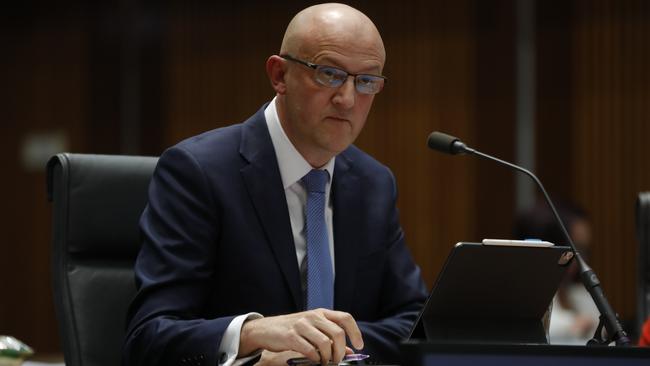
ASIO has cracked a major foreign espionage network operating in Australia that successfully recruited a government official with security access to classified defence technology, in what the security agency has described as a “nest of spies”.
The spies also groomed current and former politicians, officials of an unnamed state police service, and sought access to sensitive security protocols for a major airport via a public servant.
The spy ring, which was uncovered last year, was disclosed on Wednesday night in the annual threat assessment delivered by Australian Security Intelligence Organisation director-general Mike Burgess, who has ordered dozens of foreign agents be removed from the country.
Security sources confirmed the country behind the spy ring was not China, with speculation in the intelligence community centred on Russia, which has traditionally regarded Australia as a backdoor to US intelligence.
Speaking at ASIO headquarters in Canberra, Mr Burgess also warned of a significant rise in “ideologically” motivated violent extremism, which now made up 40 per cent of the agency’s counter-terrorism caseload, and said it was unhelpful to categorise such groups as “simply extreme left-wing and extreme right-wing”.
Outlining the complex security landscape and evolving threats during the pandemic, Mr Burgess provided new details on a “nest of spies, from a particular intelligence service, that was operating in Australia”.
“The spies developed targeted relationships with current and former politicians, a foreign ¬embassy and a state police service,” Mr Burgess said. “They monitored their country’s diaspora community. They tried to obtain classified information about Australia’s trade relationships. They asked a public servant to provide information on security protocols at a major airport.
The Australian understands the spy ring used a source in the police service to access criminal records. “They successfully cultivated and recruited an Australian government security clearance holder who had access to sensitive details of defence technology. ASIO acted. We investigated, identified and verified the activity. We cancelled the government employee’s security clearance.” Mr Burgess said ASIO had confronted the foreign spies and “quietly and professionally removed them from Australia”.
The nation’s top spy, a former head of the Australian Signals ¬Directorate, would not name the responsible country because that would be an “unnecessary distraction”. “Before you jump to conclusions — and to underline my point that multiple countries are trying to conduct espionage and foreign interference in Australia — I want to point out that the ¬foreign intelligence service was not from a country in our region,” he said.
It is understood the dismantling of the spy network had been one of the most significant operations in decades and had foiled a major threat to Australia’s national security.
Mr Burgess said as a result of ASIO’s actions over the past year, it was “no longer accurate to describe levels of espionage and foreign interference as unprecedented”. “Our work made a material difference to Australia’s safety and security. But this is not a declaration of victory, even less of a ‘mission accomplished’. The spies I most worry about are the ones I do not know about.”
After using his threat assessment speech last year to warn of the rise of right-wing extremism, Mr Burgess said the spike in extremist activity reflected international trends and ASIO dedicating more resources to the emerging domestic threat.
“People often think we’re talking about skinheads with swastika tattoos and jackboots roaming the backstreets like extras from Romper Stomper, but it’s no longer that obvious.
“Today’s ideological extremist is more likely to be motivated by a social or economic grievance than national socialism. More often than not, they are young, well-educated, articulate and middle class — and not easily identified.”
Delivering the speech in front of MPs, the Chief of the Defence Force, department chiefs, ambassadors and security chiefs, Mr Burgess warned extremists were being recruited as teenagers.
“The average age of these investigative subjects is 25, and I’m particularly concerned by the number of 15 and 16-year-olds who are being radicalised. They are overwhelmingly male.
“Investigations into ideological extremists have occurred in all Australian states and territories. Compared with other forms of extremism, it is more widely dispersed across the country, including in regional and rural areas.”
World events such as the US presidential election, Black Lives Matter movement and the COVID-19 pandemic have also fanned extremism, with some seeking to acquire weapons for self-defence and stockpile ammunition and provisions. Mr Burgess said for those intent on violence, the pandemic meant more time at home online “in the echo chamber of the internet on the pathway to radicalisation”.
“They were able to access hate-filled manifestos and attack instructions, without some of the usual circuit breakers that contact with community provides.
“Extreme right-wing propaganda used COVID to portray governments as oppressors, and globalisation, multiculturalism and democracy as flawed and failing. Islamic extremist narratives portrayed the pandemic as divine retribution against the West for the perceived persecution of Muslims.” Mr Burgess said an ideologically motivated terrorist attack in Australia “remains plausible”, most likely conducted by a lone actor or small cell, using a knife or a vehicle rather than sophisticated weapons. In response to the rise of extremism, ASIO has changed how it refers to Islamic and right-wing extremism.
“From today, ASIO will be changing the language we use to talk about the violent threats we counter. We will now refer to two categories: religiously motivated violent extremism and ideologically motivated violent extremism. Why are we making a change? Put simply, it’s because the current labels are no longer fit for purpose; they no longer adequately describe the phenomena we’re seeing.”
Mr Burgess said some Muslim groups, and others, viewed the term Islamic extremism as “damaging and misrepresentative of Islam”. With the terrorist threat remaining “probable”, the ASIO chief said “we have credible intelligence that individuals and groups have the capability and intent to conduct terrorism onshore”.
“This threat is significant and it’s not going away. Today there are individuals and groups subscribing to religiously motivated violent extremism that are plotting violence against Australia and Australians.”
He referred to several cases of religiously motivated attacks and plots in Australia last year inspired by Islamic State.
He also confirmed in the past 12 months a significant number of foreign spies and their proxies had “either been removed from Australia or rendered inoperative. I can’t give you exact details for obvious reasons, but I’m talking about a number in double figures.”

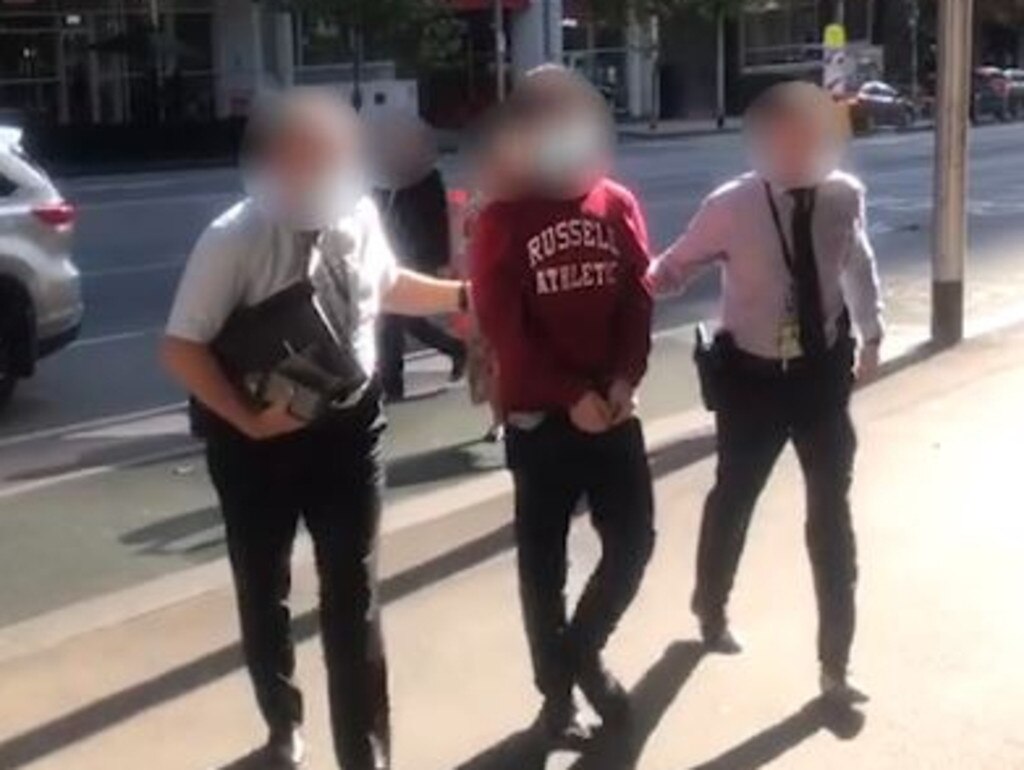
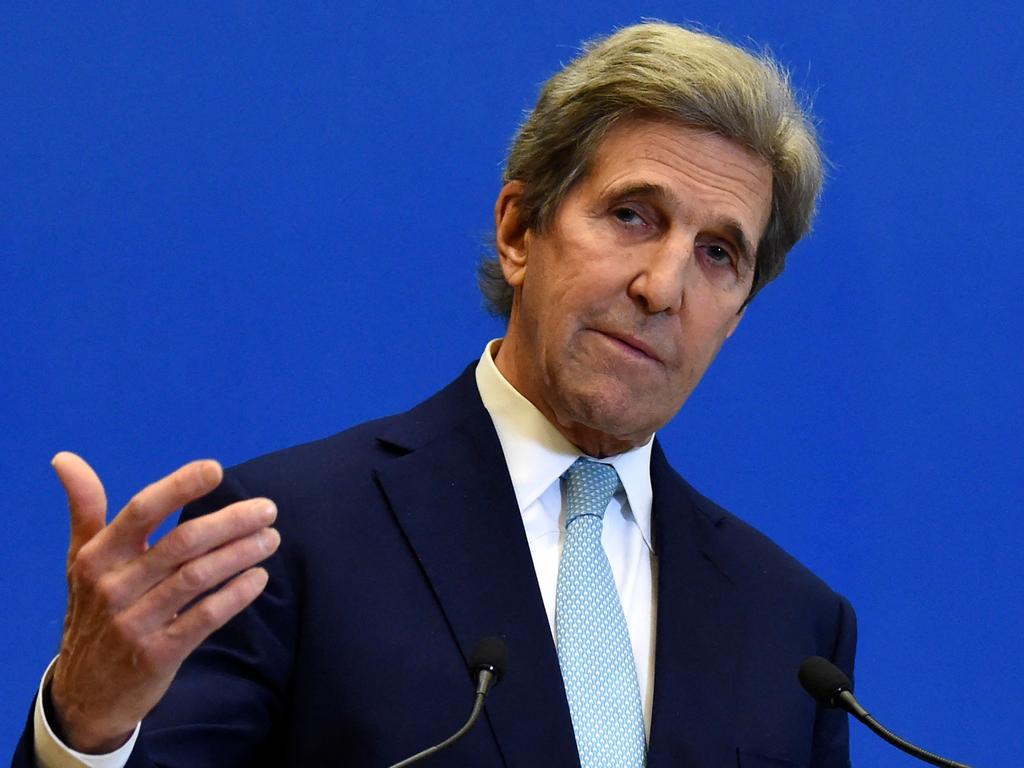
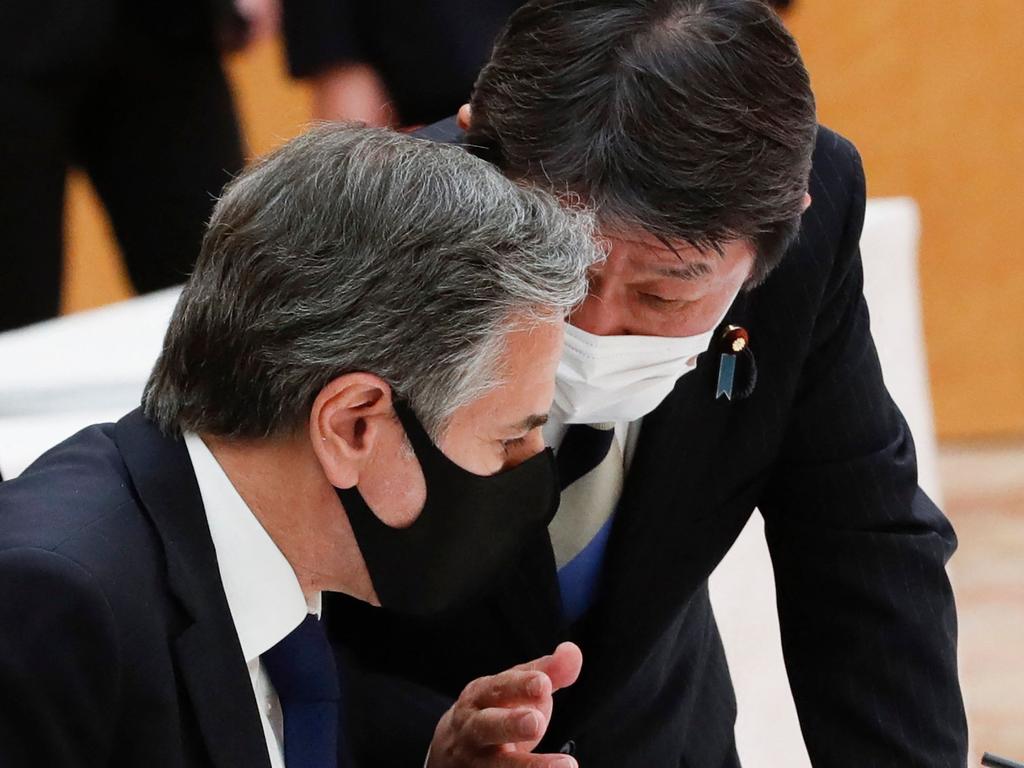
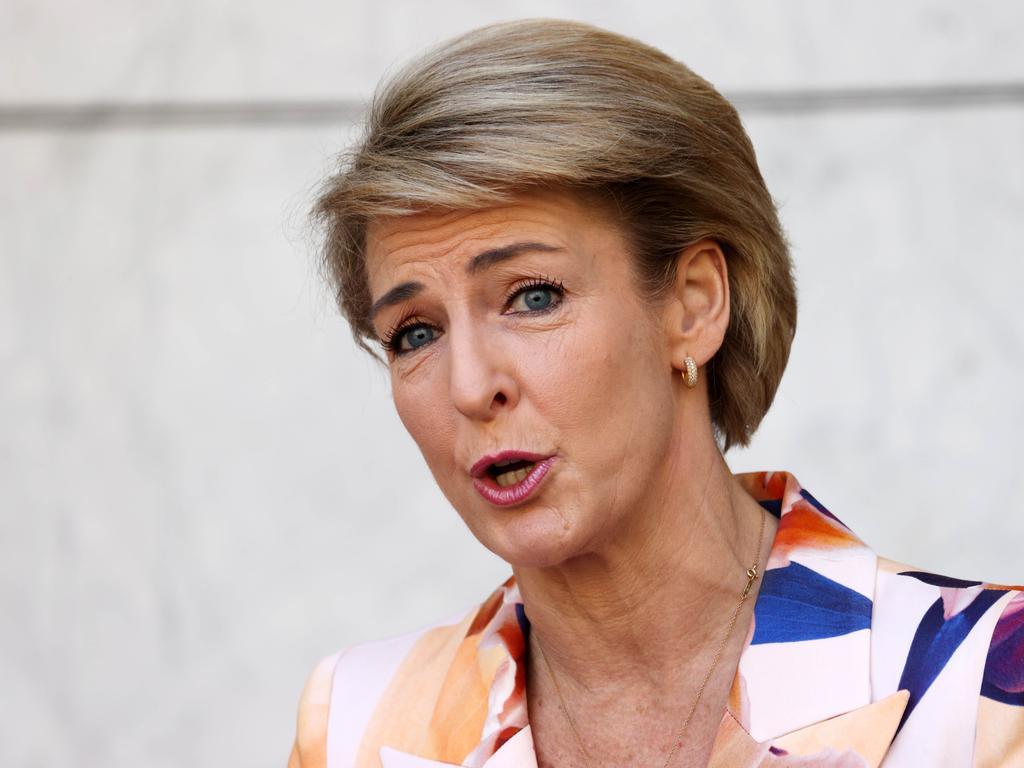


To join the conversation, please log in. Don't have an account? Register
Join the conversation, you are commenting as Logout